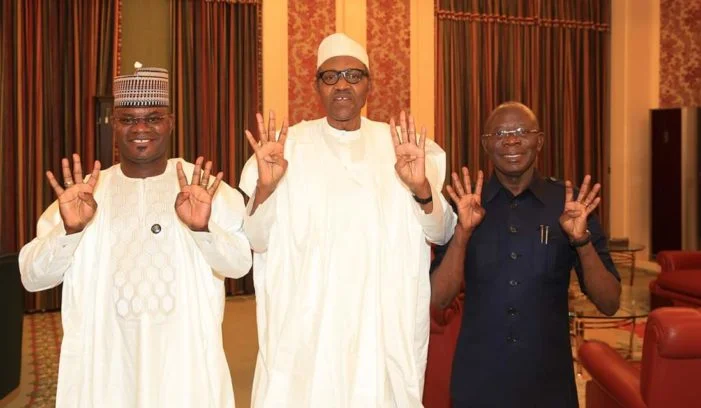India launched a bid to become a leading space power Monday, sending up a rocket to put a craft on the surface of the Moon in what it called a “historic day” for the nation.
Chandrayaan-2 — or Moon Chariot 2 — took off on time at 2:43 pm (0913 GMT) from the Satish Dhawan Space Centre on an island off the coast of Andhra Pradesh state.
Applause broke out in the mission control room as the rocket blasted off into the grey skies over the Indian Ocean and mission control announced that the orbiter had broken away from the rocket with no problem.
“Today is a historic day for space, science and tech in India,” Indian Space Research Organisation (ISRO) chief K. Sivan said.
The launch came a week after a fuel leak forced a previous attempt to be scrubbed 56 minutes before the scheduled blast-off.
The South Asian nation is bidding to follow Russia, the United States and China in landing a spacecraft on the Moon.
President Ram Nath Kovind watched the launch alongside 7,000 dignitaries and flag-waving children.
The rocket carried an orbiter, a lander and a rover, and has been almost entirely designed and made in India.
The 2.4-tonne (5,300-pound) orbiter is expected to circle the Moon for about a year, taking images of the surface, looking for signs of water, and studying the atmosphere.
The lander — named after Vikram A. Sarabhai, the father of India’s space programme — will carry the rover and be placed on the surface near the lunar South Pole. The operation is expected to take place in early September.
ISRO scientists will remotely control the rover named Pragyaan — “wisdom” in Sanskrit — as it carries out experiments. It will work for one lunar day, the equivalent of 14 Earth days, studying rocks and soil on the Moon’s surface.






2 Comments